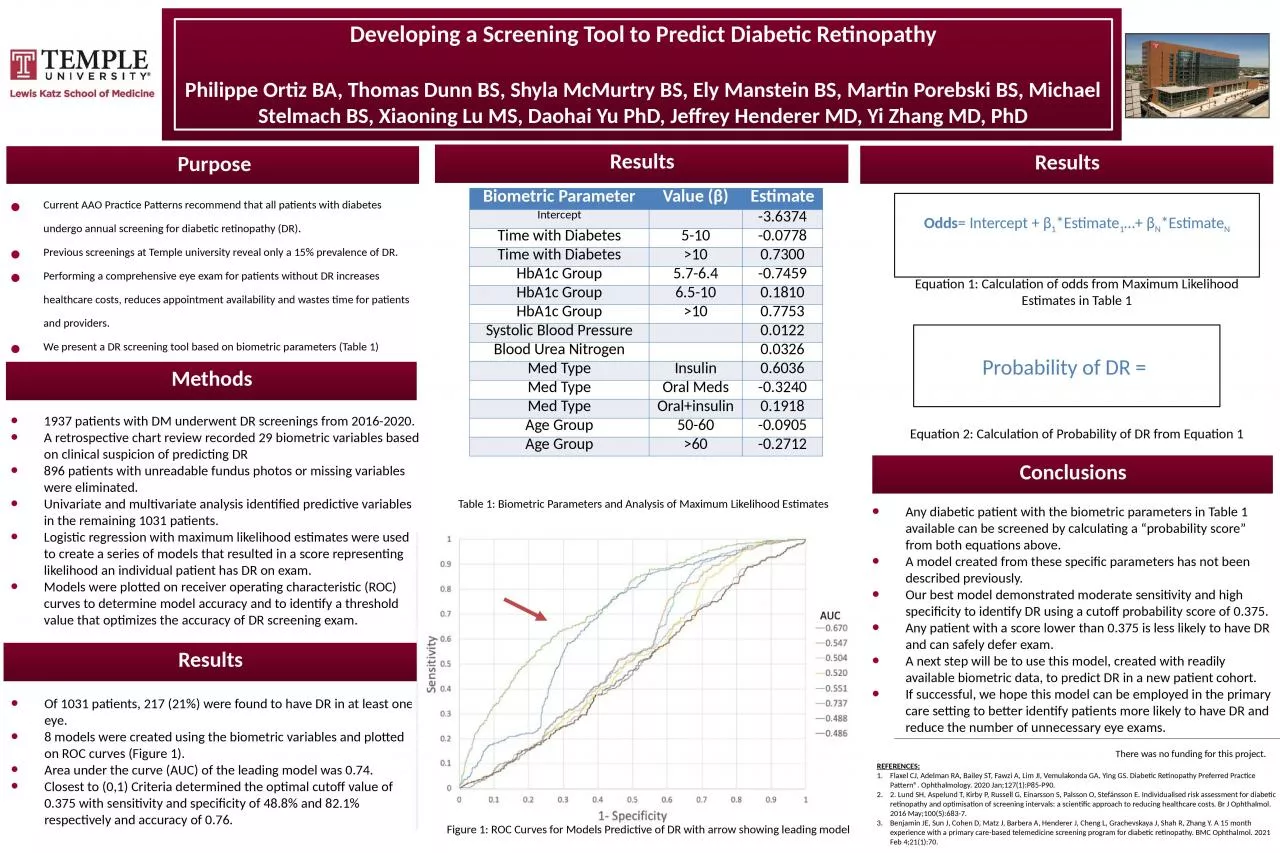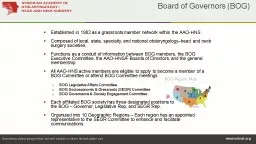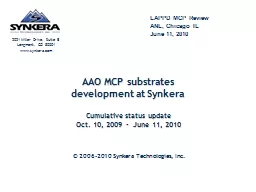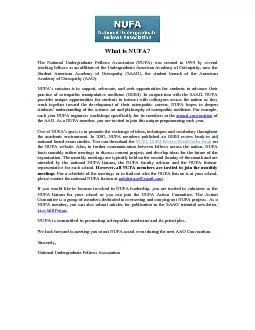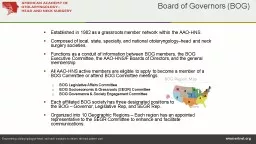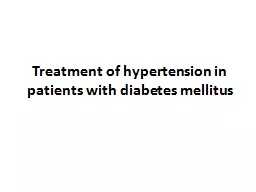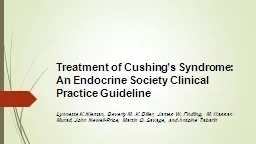PPT-Purpose Current AAO Practice Patterns recommend that all patients with diabetes undergo
Author : lucinda | Published Date : 2024-03-13
Previous screenings at Temple university reveal only a 15 prevalence of DR Performing a comprehensive eye exam for patients without DR increases healthcare costs
Presentation Embed Code
Download Presentation
Download Presentation The PPT/PDF document "Purpose Current AAO Practice Patterns re..." is the property of its rightful owner. Permission is granted to download and print the materials on this website for personal, non-commercial use only, and to display it on your personal computer provided you do not modify the materials and that you retain all copyright notices contained in the materials. By downloading content from our website, you accept the terms of this agreement.
Purpose Current AAO Practice Patterns recommend that all patients with diabetes undergo: Transcript
Download Rules Of Document
"Purpose Current AAO Practice Patterns recommend that all patients with diabetes undergo"The content belongs to its owner. You may download and print it for personal use, without modification, and keep all copyright notices. By downloading, you agree to these terms.
Related Documents

